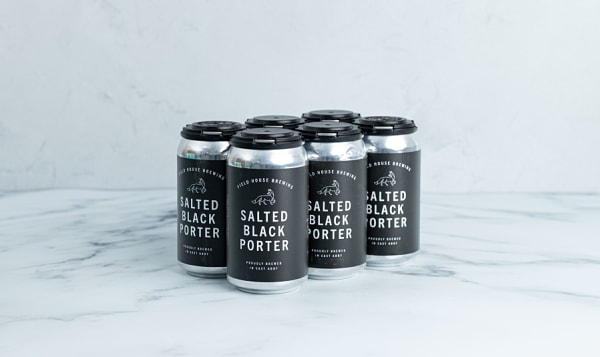
In this episode we discuss investing in Canadian ETF’s and how to decide what the best ones are. We drink some salted black porter kindly purchased by Jesse. We discuss the reasons we have picked the ETF’s that we hold and the difference between different Canadian ETF’s. Here in the FI Garage, we’re all on the path to FI, however, we consider the RE part optional. #FIRE
Now on YouTube!! Check out our channel for bonus content and please subscribe.

Beers – [3:00]
- Salted Black Porter from Field House Brewing [3:00] Kindly bought for us by Jesse.
ETF’s [7:45]
- Family Money Savers Bitcoin Article [6:25]
- Portfolio Visualizer [15:15]
- Vanguard Fund Compare
- Unbundling your ETF’s [53:20]
- Best Canadian ETF’s for 2020
- Canadian REIT ETF’s
Enjoying the FI Garage podcast? Support our show by using our referral links or buying us a BEER from our Cheers page!

Not necessarily relevant for Canadian ETFs, but: tracking error? liquidity / fund size? Also, capped helps avoid issues like Nortel. (Maybe I’m dating myself.)
Hi Erin,
Good points. There definitely could be some tracking error, but I would expect that to be similar in non-managed funds that only churn according to the index. Same with Liquidity and Fund size, definitely a concern in niche managed funds, and possible for international and emerging. Do you think a capped fund would have avoided Nortel? I remember that, but not the details. Nortel was probably big enough Cap weight to be in any of the Canadian indices back then. Capped might protect from small/mid caps collapse, but do they hold enough of that that it makes a difference anyway? I guess the same logic could be applied to holding the total market. Some of the holdings are so small, they really don’t move the needle. We’re planning on doing US, International and Emerging ETFs next. I’ll keep your comments in mind for that research. Cheers, thanks for listening and commenting! MM
Market cap and a capped index are different. Nortel, at its peak, was 40% of the S&P/TSX 60. The S&P/TSX capped composite index caps out at 10%, so it would never have Nortel be more than 10% of the index (e.g. XIC). Nortel would have been in the index, but in XIC, it would have not been more than 10% of the ETF.
Liquidity and fund size influences spreads. (I haven’t done the research, but some of the REIT ETFs mentioned might be small enough that you would have to watch spreads.)
A highly entertaining episode! Many Thanks!
Erin, You’re right. Definitely an advantage to have the capped weighting for those large stocks. But interestingly enough, VCN has less weighting in the top 10 as compared to VCE. It’s definitely something to be aware of anyway.
I hadn’t thought about the spreads when considering liquidity/size, they would be affected. I don’t use limit orders for ETFs, so I really don’t pay attention to the spreads. It would be something to watch if one was buying smaller niche funds.
Cheers!
Great podcast. Thank you for doing this.
I am wondering have you guys heard about Epic Alliance Inc. it is hassle free landlord program and not a reit. It seems too good to be true. I am just wondering if you guys would be interested to investigate and and explain it to the FIRE community in a podcast.
Hey Ibrahim, Thanks for the comment. In fact I am a customer of Epic Alliance. Stay tuned for a upcoming episode all about it. Feel free to email me directly with specific questions. I can assure you it is legit and is a good strategy if cash flow is the only return you are interested in with a real estate investment.
Cheers,
MM